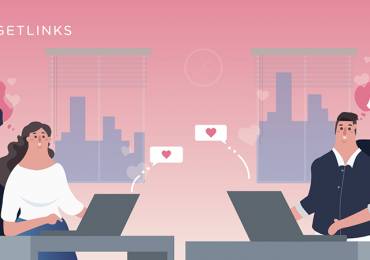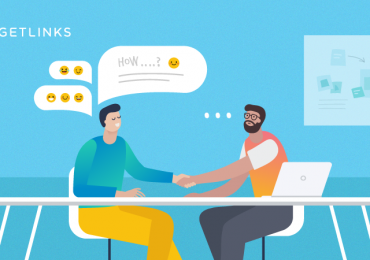Ethical AI in HR: Navigating Bias, Transparency, and Fair Practices
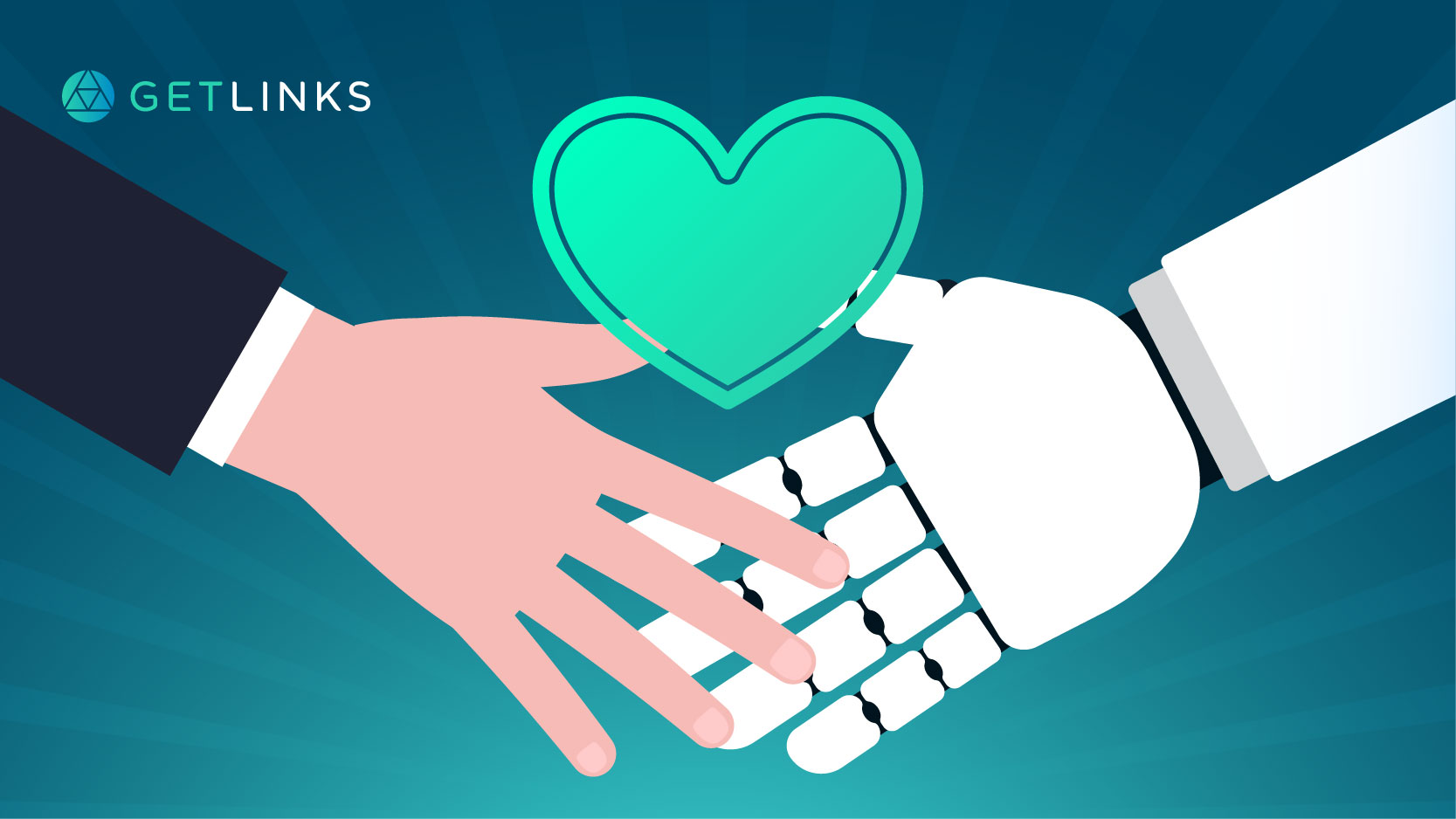
AI-powered tools promise unprecedented efficiency, from sourcing candidates to managing performance. However, with this power comes a profound responsibility to ensure these systems are ethical, fair, and transparent. Ignoring this imperative can lead to discriminatory practices, legal challenges, and a breakdown of trust with employees and candidates. For HRs and recruiters, navigating this new landscape requires a proactive and informed approach.
The Unavoidable Challenge of Algorithmic Bias
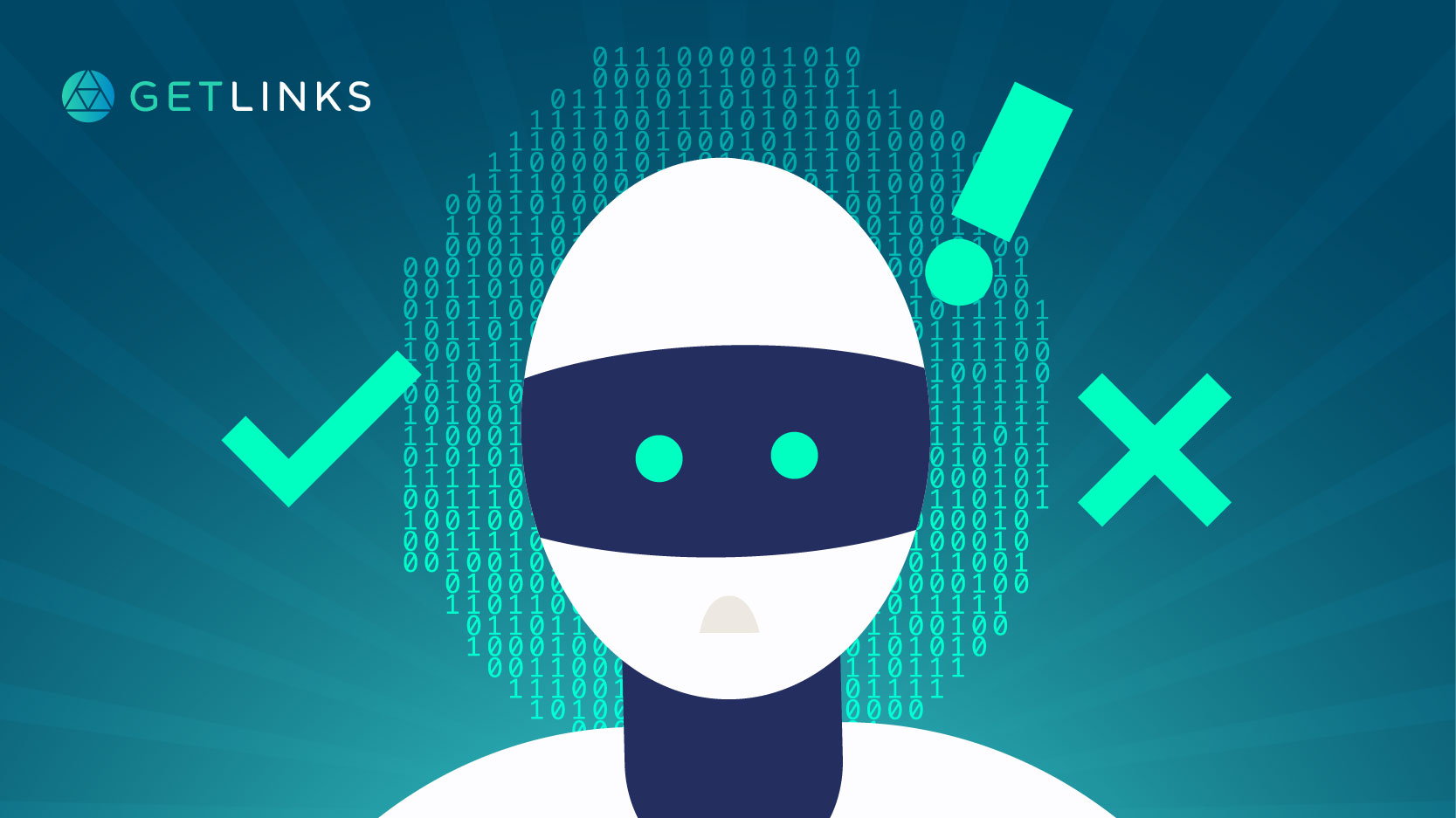
AI systems learn from data. The most significant ethical challenge is that if the historical data used to train these models contains biases, the AI will not only learn but also amplify those biases. For example, a hiring algorithm trained on 20 years of successful hires for a tech company might inadvertently learn to prioritize candidates from a certain demographic, because that demographic was overrepresented in the past. The system isn’t maliciously biased, but it’s simply a reflection of the data it was fed.
Other scenarios can happen too. An AI screening resumes might automatically reject candidates with a gap year in their employment without knowing that the reason could be something human, like taking time off to care for a sick family member or a newborn child.
Or consider AI tools used for employee performance tracking systems that monitor “activity levels” such as login frequency, response speed to chats and emails, or online time within company apps. Such systems might give lower scores to remote or work-from-home employees who spend more time offline or doing deep, focused work, like researching, writing, or planning ,even though they still deliver excellent results on time.
Transparency: The End of the “Black Box”
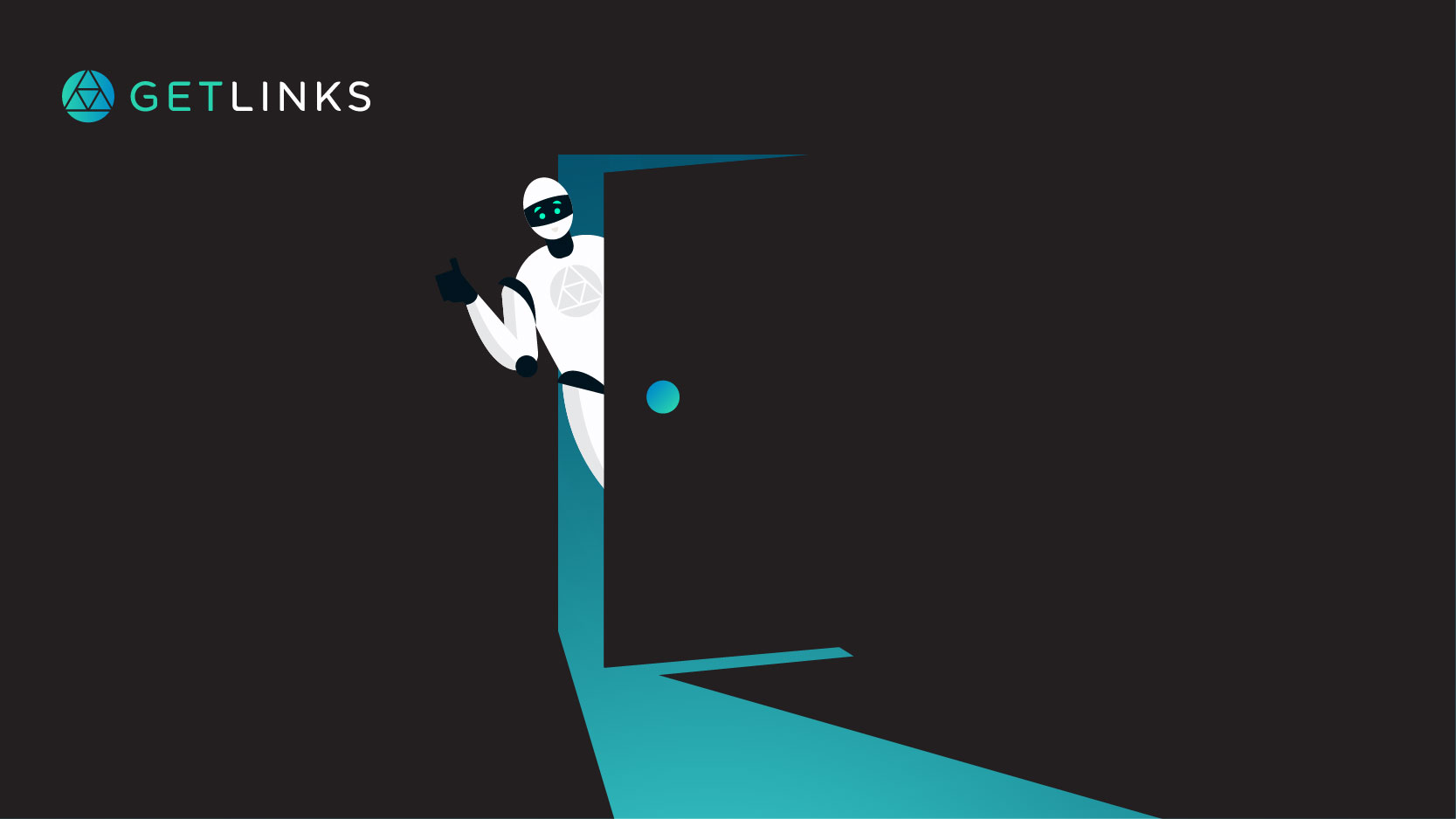
For an AI system to be trusted, it must be auditable and explainable. The concept of Explainable AI (XAI) is crucial here. HR professionals and recruiters should not accept a “black box” solution, a system that gives a result without explaining the reasoning behind it. You must be able to understand “why” a particular candidate was ranked higher or why an employee was flagged as high-potential.
Transparency is essential not only for internal auditing but also for legal and compliance reasons. As regulations like the European Union’s AI Act come into play, the ability to demonstrate that your AI is operating fairly will become a legal necessity.
Fair Practices Across the Talent Lifecycle

When it comes to using AI in HR, ethics shouldn’t stop at recruitment. Every stage of an employee’s journey, from attraction to exit, should be guided by fairness, transparency, and trust. Let’s walk through how HR can make that happen.
Talent Attraction & Sourcing
It all starts with how you find talents. Many companies now use AI to target job ads, recommend roles, and even reach out to potential candidates. But here’s the catch. If your targeting settings or data are biased, your ads might never even reach the people you want to include.
That’s why HR teams should regularly check their targeting criteria and make sure job ads are truly inclusive. AI can be amazing at widening your reach, but only when you make sure it’s looking in all the right places. Think of AI as your megaphone, but you’re the one who controls where it points.
Hiring & Selection
Once the applications start rolling in, AI can help speed up screening, shortlist candidates, and highlight strong matches. The danger, though, is letting it make the call for you. Remember that AI doesn’t understand people, it just reads data.
That’s why every AI decision should have a human touch. Use the technology to uncover hidden talents or reduce bias, but make sure real HR and recruiters review the final shortlist. Fair hiring happens when AI supports your judgment, not replaces it.
Onboarding & Learning
AI can make onboarding smoother and more personal. It can recommend the best courses, guide new hires through their first days, or tailor learning paths based on skills.
But personalization can sometimes go too far. If the system only recommends what it thinks you’re good at, you might never explore new opportunities. So, while AI can suggest, humans should still decide. Let employees tweak their own learning paths and pair every digital tool with a real mentor or buddy. That balance keeps onboarding warm, human, and empowering.
Performance Management & Development
AI-driven analytics can make performance reviews more objective by tracking data points like productivity, engagement, or project outcomes. Still, it’s easy to slip into “surveillance mode”, which focuses only on numbers instead of real impact.
A fair system looks beyond keystrokes and screen time. It recognizes creativity, teamwork, and leadership, which are things that don’t fit neatly into an AI algorithm. Be open with employees about what’s being tracked and how it’s used, and always keep context in mind. AI might see the data, but you see the person behind it.
Retention, Promotion & Exit
AI can predict who might be planning to leave or who’s ready for a promotion, and that’s powerful insight when used right. But predictions aren’t facts. They should start a conversation, not end one.
Always cross-check AI signals with real context. Maybe someone’s engagement dropped because of a new project load, not dissatisfaction. And when analyzing exit data, keep it anonymous, because the goal is to improve culture, not point fingers.
*Remarks: Employee Data Privacy
The use of AI often requires access to vast amounts of employee data. It is imperative to have clear policies on data collection, storage, and usage. Employees must give informed consent, and the data should only be used for the purpose for which it was collected. Anonymize data whenever possible, especially for trend analysis.
Actionable Checklist for Building Fair & Unbiased AI
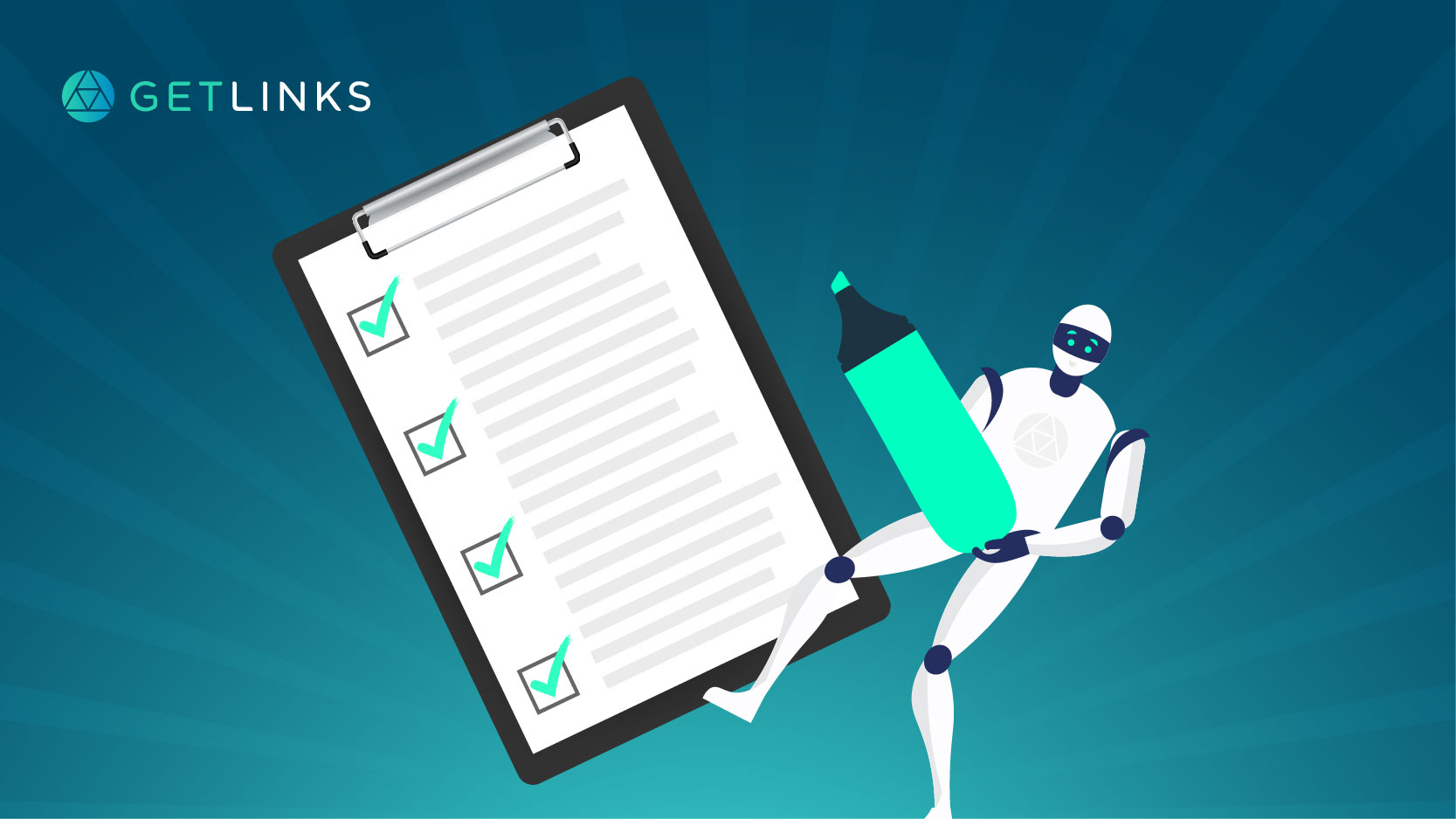
✔️Audit Your Data
Before implementing any AI system, conduct a thorough audit of the historical data it will be trained on. Look for and mitigate any pre-existing biases. Consider supplementing biased data with more diverse datasets.
✔️Establish Fairness Metrics
Work with your teams like data scientists to establish quantitative fairness metrics. These can include checking for disparate impact, ensuring that the model’s accuracy is similar across different demographic groups, and regularly running bias audits to ensure the model’s output remains fair over time.
✔️Prioritize Human-in-the-Loop Processes
AI should be a co-pilot, not the pilot. Always design workflows where a human HR professional reviews and validates AI-generated recommendations. This ensures that final decisions are based on human judgment and empathy.
✔️Stay Informed on Regulations
Keep up to date with emerging regulations and best practices. Partner with legal and compliance teams to ensure your AI policies and practices align with the law. This includes understanding what data can and cannot be used, and how to prove that your systems are fair and non-discriminatory.
As AI continues to reshape the HR landscape, the goal is not just to build smarter systems, but fairer ones. Ethical AI is not a checkbox, but it’s a continuous commitment to transparency, accountability, and human oversight. By auditing data, ensuring explainability, protecting privacy, and keeping humans in the loop, HR leaders can harness AI’s potential responsibly. In doing so, they not only reduce bias and legal risk but also strengthen trust, the most critical currency in the modern workplace.
And if you’d like to start getting familiar with AI tools designed for HR, try exploring our GetLinks AI Career Coach here!

